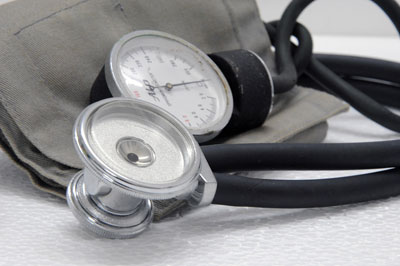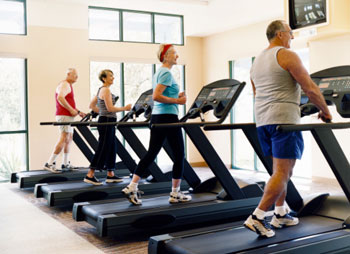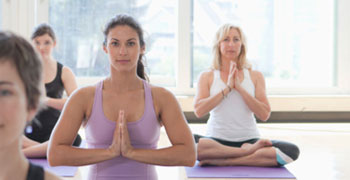-


-

- BEATING HYPERTENSIONLIFESTYLE ADVISORY
-
Hypertension is defined as a resting systolic blood pressure (BP) greater or equal to 140 mm Hg and or resting diastolic blood pressure (BP) greater or equal to 90 mm Hg. Hypertension is one of the most common medical disorders associated with an increased incidence of cardiovascular disease mortality. Lifestyle modifications are recommended for the prevention, treatment and control of hypertension, with exercise being an integral component.

BENEFITS
Exercise programs that primarily involve endurance activity prevent the development of hypertension and lower blood pressure in adults with normal blood pressure and those with hypertension. Blood pressure may be decreased by approximately 5–7 mm Hg. According to the American College of Sports Medicine, the proposed mechanisms for the BP lowering effects of exercise include neurohumoral, vascular, and structural adaptations. The postulated explanations for the antihypertensive effects of exercise are decreases in catecholamines and total peripheral resistance, improved insulin sensitivity, and alterations in vasodilators and vasoconstrictors.
CAUTION
Patients may have co-morbid conditions such as diabetes, ischemic heart disease, and heart failure which should be adequately evaluated and controlled before the start of exercise training. While formal evaluation and management are taking place, it is reasonable for the majority of patients to begin moderate-intensity exercise training (40– 60% VO2R) such as walking.
-
EXERCISE RECOMMENDATION
According to the American College of Sports Medicine, based upon current evidence the following exercise prescription is recommended for those with high BP:
Type of exercise: Primarily endurance physical activity supplemented by resistance exercise. Any activity that uses large muscle groups, can be maintained continuously, is rhythmical and aerobic in nature is recommended as the primary modality for those with hypertension. Walking, cycling, swimming are appropriate.
Frequency: Preferably all days of the week
Intensity: Moderate-intensity (40–60% of VO2R)
Duration: Minimum of 30 min of continuous or accumulated physical activity per day.

TIPS
- Exercise regularly. Regular exercise can reduce both systolic and diastolic blood pressure by an average of 10mm Hg.
- Avoid abrupt postural changes
- Meditation and relaxation techniques can help calm the body and mind, bringing them into a better state of balance
- Get enough sleep. A good night’s sleep helps reduce overall fatigue, anxiety and stress
- Watch your salt intake! Limit salt intake to 2,400 milligrams per day (1-teaspoon)
- Include valuable vitamins and minerals. Foods high in Calcium, Potassium, Magnesium, Vitamin C and Omega-3 fatty acids help regulate blood pressure levels